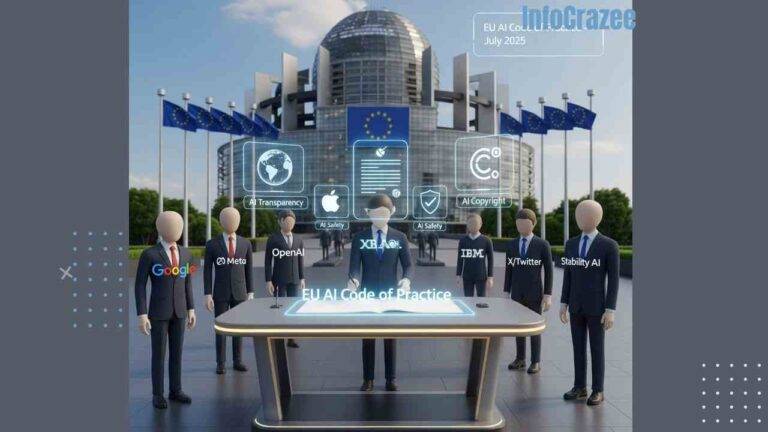Report Warns YouTube Applies Misinformation Tools Inconsistently Across Europe
A new report from AI Forensics, a Europe-based nonprofit investigating major tech platforms, has exposed significant inconsistencies in YouTube’s application of misinformation countermeasures across the continent. Released on August 7, 2025, the study reveals that YouTube’s information panels, designed to combat conspiracy theories and misleading content, are unevenly deployed across Europe’s 83 languages, undermining efforts to curb misinformation and raising concerns about compliance with the EU’s Digital Services Act (DSA).
Inconsistent Information Panels
YouTube’s information panels are meant to provide neutral context on topics prone to misinformation, such as COVID-19 vaccines, climate change, and conspiracy theories listed on Wikipedia, by linking to third-party sources like Wikipedia. These panels should appear in videos and search results in users’ operating languages. However, AI Forensics’ web crawler, which tested 12 conspiracy-related topics and four publisher labels, found glaring disparities. While panels are consistently available in English, their presence in other languages varies widely. For example, in German, panels cover all topics except the Armenian genocide, but in many smaller languages, they are often absent entirely.
“We’re worried that some groups in Europe have unequal access to safety measures against misinformation,” said Salvatore Romano, head of research at AI Forensics, in an interview with Euronews. “This inconsistency erodes trust in the platform instead of building it.” The report, described as offering a “partial view” due to its limited sample, suggests the problem may be even more widespread.
YouTube’s Response and Systemic Gaps
YouTube’s website acknowledges that “information panels may not be available in all countries/regions and languages” and claims ongoing efforts to expand their reach. In meetings with AI Forensics, YouTube reportedly admitted the discrepancies were unintentional and lacked a systematic method to monitor panel deployment across Europe. The company pledged to address the issue but provided no specific timeline or plan, according to the nonprofit.
In March 2025, YouTube announced a commitment to “assess and update” topics prone to misinformation, but Romano argues this falls short. “The haphazard labeling creates second-rate markets where standards to protect against misinformation aren’t met,” he told Euronews, warning that failure to rectify the issue could prompt an investigation by the European Commission under the DSA. Such an inquiry could begin with a request for detailed information on YouTube’s panel administration, a standard first step in DSA probes.
Broader Context and Criticism
YouTube’s misinformation policies, based on the “4 Rs” principles (Remove, Reduce, Raise, Reward), aim to eliminate harmful content, limit borderline material, elevate authoritative sources, and incentivize quality content. The platform uses machine learning and human reviewers to enforce these rules, guided by external experts and creators. However, its track record has drawn scrutiny. In 2022, over 80 fact-checking organizations, including Full Fact and The Washington Post’s Fact Checker, labeled YouTube a “major conduit” for falsehoods, citing its role in spreading COVID-19 misinformation and election fraud narratives.
The AI Forensics report echoes these concerns, noting that inconsistent labeling exacerbates risks in non-English-speaking regions, a longstanding issue highlighted in the 2022 letter to then-CEO Susan Wojcicki. The letter urged YouTube to fund independent disinformation research, link to rebuttals in misleading videos, curb algorithmic promotion of repeat offenders, and address non-English content more effectively.
Implications for the EU and Beyond
The findings come at a critical time, as the EU’s AI Act and DSA impose stricter requirements on tech platforms to combat misinformation and ensure equitable service standards. Romano’s call for Commission intervention reflects growing frustration with YouTube’s uneven approach, which could disadvantage smaller linguistic communities and weaken trust in digital platforms. On X, users have expressed concern, with some arguing the inconsistencies highlight broader issues of tech accountability in Europe.
As YouTube navigates these challenges, the report underscores the need for transparent, systematic enforcement of misinformation tools. With the DSA’s full enforcement looming in 2026, YouTube’s ability to address these disparities will be a key test of its commitment to a safer, more equitable digital ecosystem.






